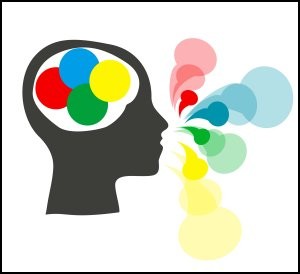Contemplating a Curriculum for Human Languages Literacy, Part 5: Being multilingual has “multi-benefits”
This blog entry is the fifth (5th) in a multi-part series describing what a curriculum for human languages literacy might look like.
 There was a time (at least in the United States) when educators thought that learning a second language could slow down a child’s cognitive development, possibly permanently. While it is true that children who grow up bilingual sometimes take longer to become proficient in communication (in two languages!), the delay doesn’t last long. Researchers now recognize there are many mental benefits to being bilingual.
There was a time (at least in the United States) when educators thought that learning a second language could slow down a child’s cognitive development, possibly permanently. While it is true that children who grow up bilingual sometimes take longer to become proficient in communication (in two languages!), the delay doesn’t last long. Researchers now recognize there are many mental benefits to being bilingual.
Including a number of social benefits, here is a running list of benefits to being multilingual:
- Learning and understanding specific new cultures
- Meeting and getting to know people you wouldn’t otherwise be able to meet
- Ability to build bridges across cultures
- Understanding other paradigms/world views
- Improving memory
- Improving clarity in thinking
The list goes on and on. Here is an article that explains the benefits quite well: Know more than one Language? Don’t give it up! (Also posted previously on LangMosaic.)
Coming next in the series: Some methods for learning a second or third language are better than others
Beneficially yours,
Mike
(Mike’s bio)
P.S. You can comment on this post below.

Leave a Reply